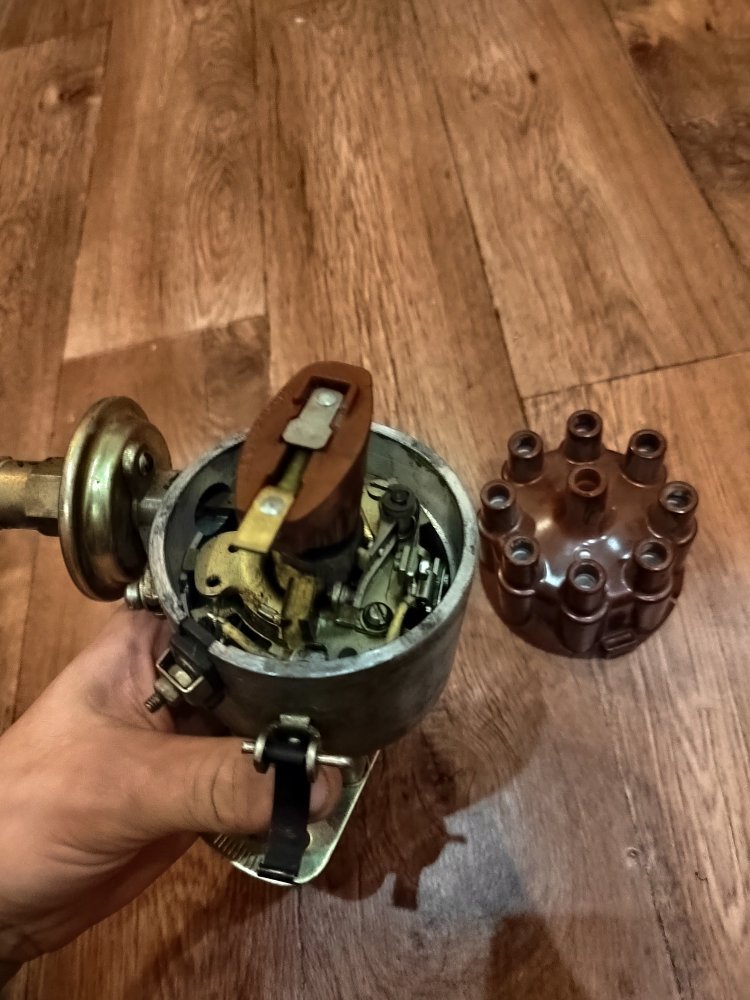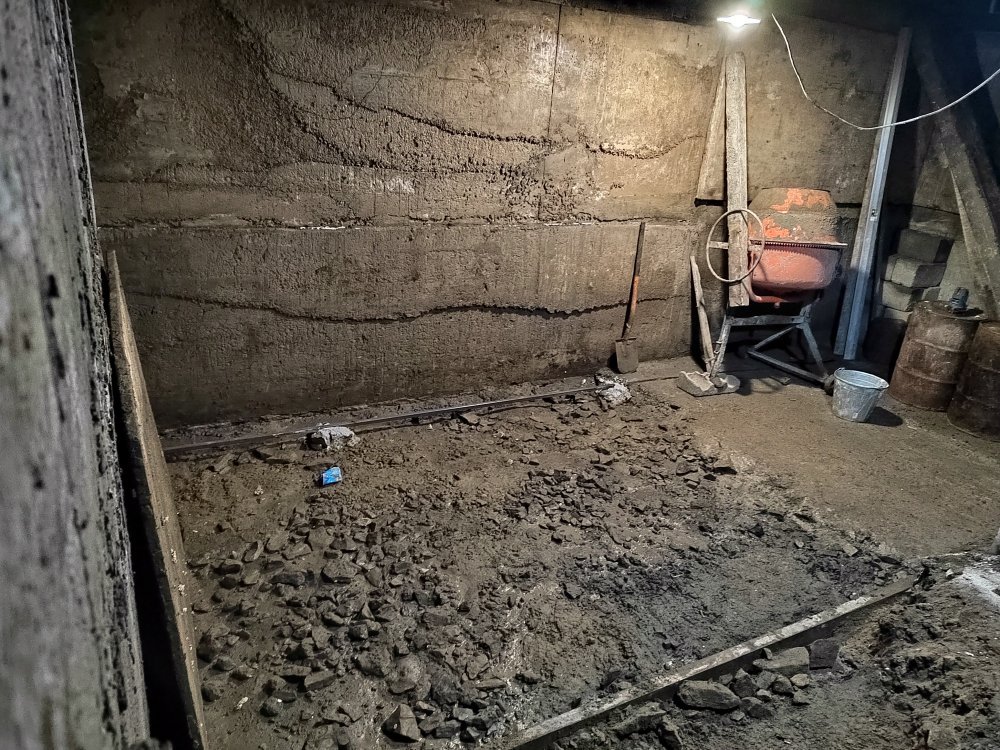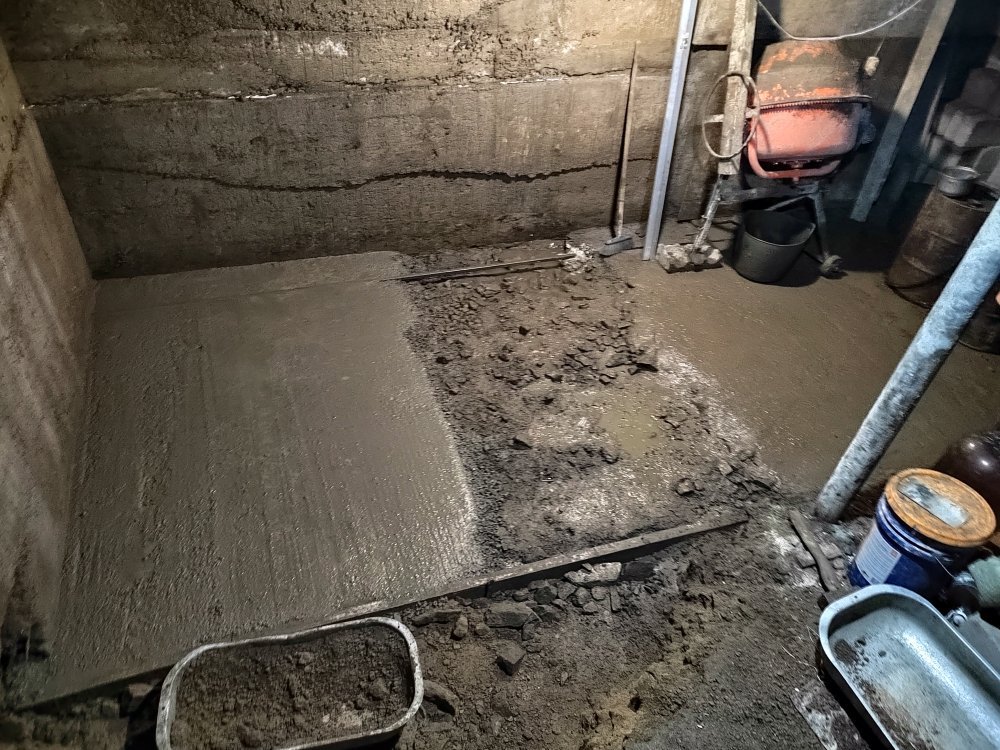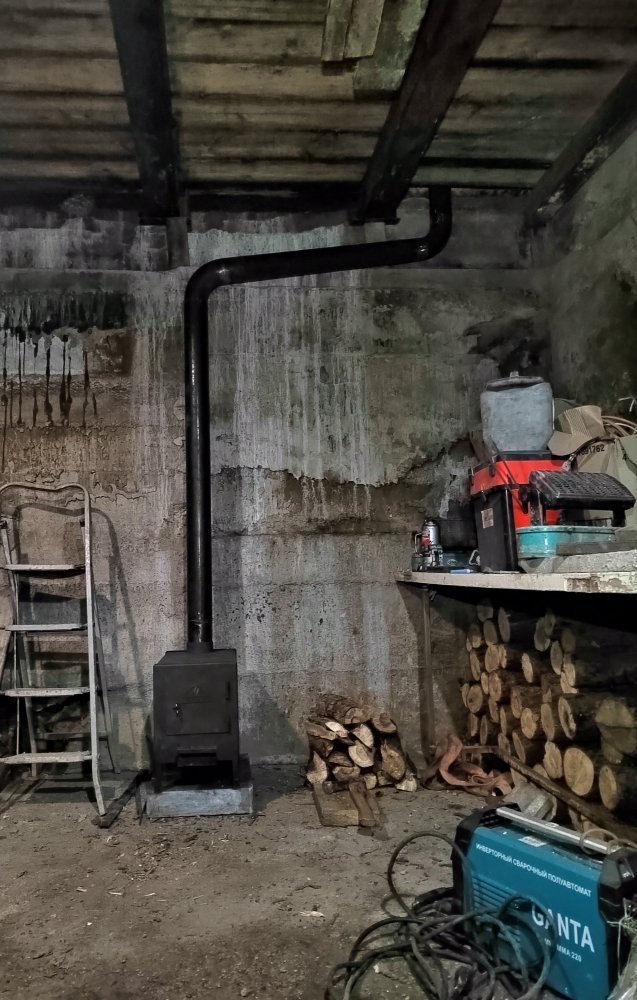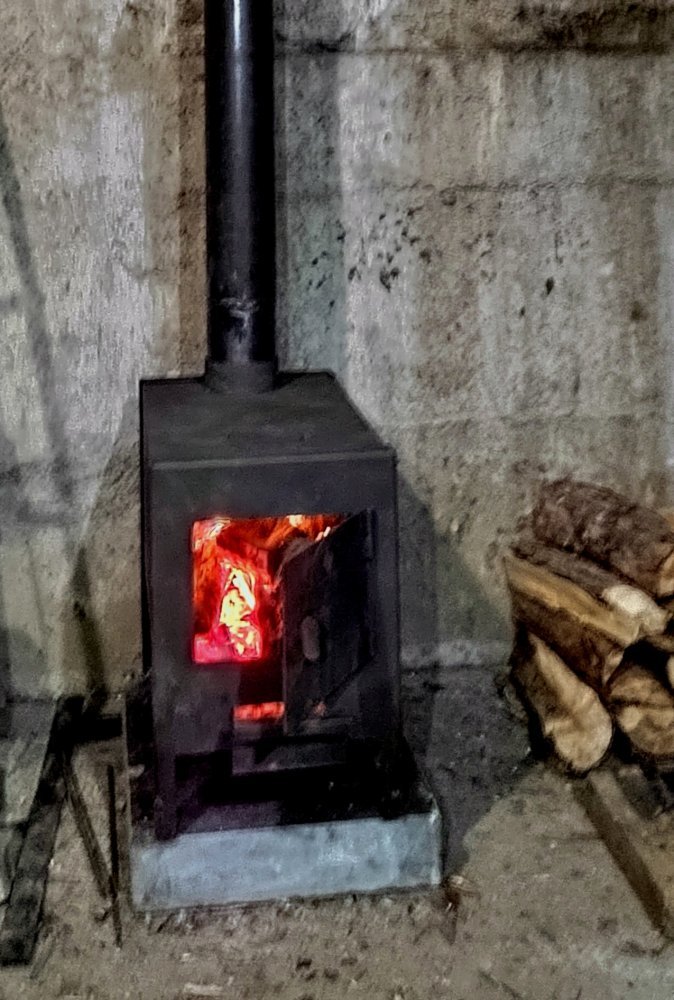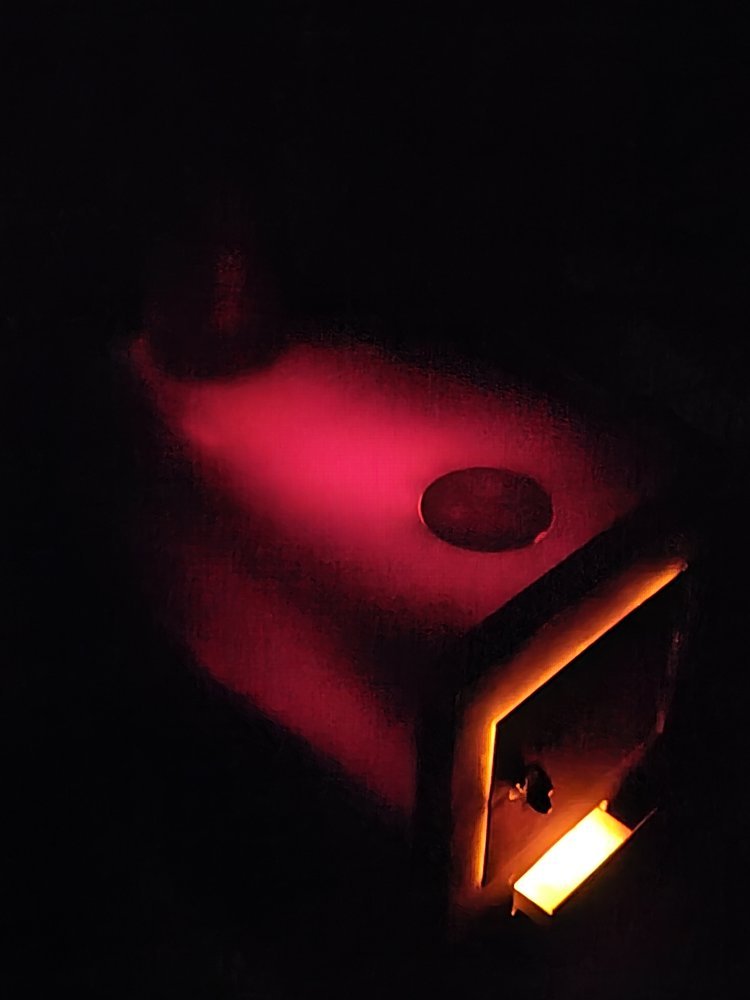Navigation
Install the app
How to install the app on iOS
Follow along with the video below to see how to install our site as a web app on your home screen.
Note: This feature may not be available in some browsers.
More options
-
Welcome to The Truck Stop! We see you haven't REGISTERED yet.
Your truck knowledge is missing!
- Registration is FREE , all we need is your birthday and email. (We don't share ANY data with ANYONE)
- We have tons of knowledge here for your diesel truck!
- Post your own topics and reply to existing threads to help others out!
- NO ADS! The site is fully functional and ad free!
Problems registering? Click here to contact us!
Already registered, but need a PASSWORD RESET? CLICK HERE TO RESET YOUR PASSWORD!
You are using an out of date browser. It may not display this or other websites correctly.
You should upgrade or use an alternative browser.
You should upgrade or use an alternative browser.
Garage for Humster.
- Thread starter denata
- Start date
MrMarty51
Well-Known Member
The older unit is a tube type ?Recorded the sound of different dosimeters. one from the 60-70s years and modern. Listen and enjoy.
It should continue functioning even if a magnatron bomb is set off.
denata
Well-Known Member
- Messages
- 3,158
- Reaction score
- 8,661
Yes it is, there are no transistors, everything is on vacuum tubes. It will survive any cataclysm of any magnitude. Even when the machine gun melts and molten metal drips onto the soldiers’ boots, this device will tick and move the needle.
MrMarty51
Well-Known Member
I have two old vacuum tube (I had forgot thats what they are called) radios.Yes it is, there are no transistors, everything is on vacuum tubes. It will survive any cataclysm of any magnitude. Even when the machine gun melts and molten metal drips onto the soldiers’ boots, this device will tick and move the needle.
The one is a large model with a turn table and the other is a table top unit.
They both function flawlessly and has several bands including short wave.
I should string an antenna and tune in to see whats going on out there in the world.
Would need a translator though.
I suppose there are voice translator devices that could be hooked to them then broadcast into headphones.
I have also saved the points ignition distributor for the 1959 Dodge W100 318 V8 engine, Just for the just in case.
Will L.
Well-Known Member
We know the newer ones are more accurate usually- but there’s just something about that different tone from the old one that makes it feel more serious.
denata
Well-Known Member
- Messages
- 3,158
- Reaction score
- 8,661
denata
Well-Known Member
- Messages
- 3,158
- Reaction score
- 8,661
ak diesel driver
6.5 driver
Hopefully you can get a chimney brush through it?
Will L.
Well-Known Member
I don’t know chimneys, but wouldn’t it be better to use two 45° fittings?
JayTheCPA
Well-Known Member
To help limit creosote growth, an occasional flash fire (once everything is already good and warm) to burn the creosote can work. Same idea as a controlled forestry burn to prevent a larger fire. But, if the creosote is thick, then you will get the equivalent of a destructive forest fire.
So, while a preventative fire can prove effective, there is an art to its execution. If those pipes are not able to handle a brief creosote burn, then it looks like you are stuck finding the best toilet brush.
Or, look around for a gassification burner. Near zero creosote. But it will need occasional cleaning of ash build-up.
So, while a preventative fire can prove effective, there is an art to its execution. If those pipes are not able to handle a brief creosote burn, then it looks like you are stuck finding the best toilet brush.
Or, look around for a gassification burner. Near zero creosote. But it will need occasional cleaning of ash build-up.
denata
Well-Known Member
- Messages
- 3,158
- Reaction score
- 8,661
In plumbing, this is what they do – 2x45°. A chimney slope is necessary to allow condensation to drain away; much less condensation forms if the outer (street) part of the chimney is insulated. When the chimney is heated, moisture leaves the chimney as steam, but when the chimney is cold, the steam condenses on the inner walls and flows back into the furnace. The amount of this moisture is negligible, but if the slope is not maintained, over time, the condensation, along with soot, will turn into a tar-like mass and clog the chimney.
ak diesel driver
6.5 driver
I never used to brush the chimney in my shop. I just let the occasional induced chimney fire clean it. Then I installed a 6" diameter 1/4" wall steel pipe for the chimney. I couldn't get it to ignite.
MrMarty51
Well-Known Member
I would sometimes burn copious amounts of cardboard then listen for the roar.
Yup Thar she goes.



Yup Thar she goes.

